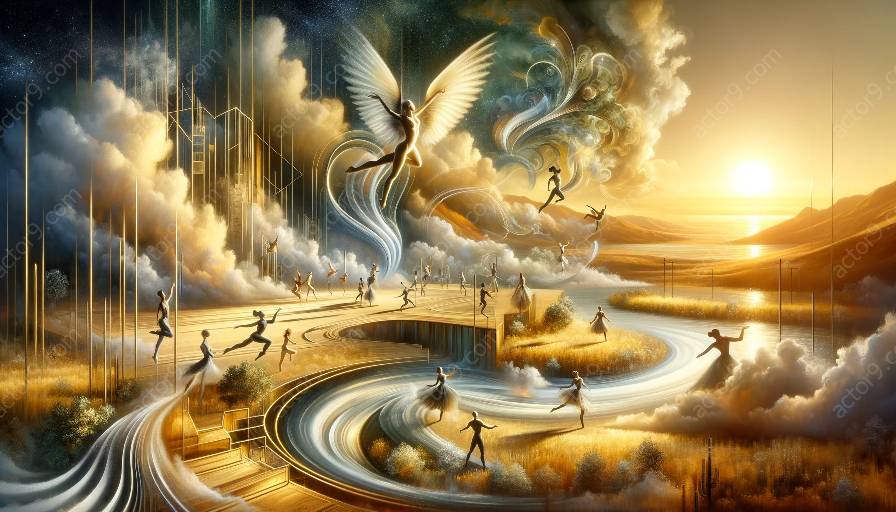Physical theatre and circus arts are two distinct forms of performance, each with its own rich history and unique techniques. However, the intersection of these two disciplines has led to an exciting fusion of creativity and expression. The influence of physical theatre on the spectacle of circus arts is a fascinating topic that delves into the ways in which movement, storytelling, and emotion play a crucial role in enhancing the dynamic performances of circus acts.
Understanding Physical Theatre
Physical theatre is a form of performance that emphasizes the use of the body as a primary means of expression. It often incorporates elements of dance, mime, and acrobatics to convey emotions and narratives without heavy reliance on dialogue. Physical theatre explores the capabilities of the human body to communicate and connect with the audience on a visceral level, transcending linguistic barriers.
Exploring Circus Arts
Circus arts encompass a wide range of exhilarating performances, including acrobatics, aerial acts, clowning, contortion, and more. These acts are characterized by their impressive physical feats, daring stunts, and captivating visuals. Circus artists often push the boundaries of human potential, captivating audiences through their awe-inspiring displays of strength, agility, and precision.
The Intersection of Physical Theatre and Circus Arts
When physical theatre intersects with circus arts, it adds a new dimension to the aesthetics and storytelling capabilities of circus performances. The incorporation of physical theatre techniques elevates the artistry of circus acts by infusing them with deeper emotional resonance and immersive narratives. Whether it's through expressive movements, gestures, or choreographed sequences, physical theatre brings a heightened level of theatricality and meaning to circus spectacles.
Enhancing Emotional Expression
One of the most profound impacts of physical theatre on circus arts is its ability to enhance emotional expression within performances. By integrating physical theatre techniques, circus artists can imbue their acts with greater depth and nuance, eliciting a more profound emotional response from spectators. From a graceful aerial routine that conveys a sense of longing to a comedic clown act with poignant undertones, physical theatre techniques enrich the emotional palette of circus performances.
Heightening Dramatic Narrative
Physical theatre also contributes to the construction of compelling narratives within circus acts. Through the use of physical storytelling, circus artists can convey intricate plotlines and character dynamics, transforming their performances into immersive theatrical experiences. This narrative depth captivates audiences, drawing them into the world of the circus and fostering a deeper connection between spectators and performers.
Expanding Artistic Boundaries
By embracing the influence of physical theatre, circus arts expand their artistic boundaries, embracing a more holistic approach to performance. The marriage of physical theatre and circus arts allows for a fusion of movement, expression, and visual storytelling that transcends traditional definitions of circus performances. This fusion fosters innovative and boundary-pushing collaborations, leading to the creation of breathtaking spectacles that defy categorization.
The Synergistic Relationship
Ultimately, the influence of physical theatre on the spectacle of circus arts speaks to the synergistic relationship between these two disciplines. As physical theatre enriches circus acts with heightened emotional expression, dramatic narrative, and expanded artistic boundaries, circus arts, in turn, provide physical theatre with a grander canvas on which to showcase its expressive potential. Together, they form a dynamic partnership that continuously pushes the boundaries of performance art.




































